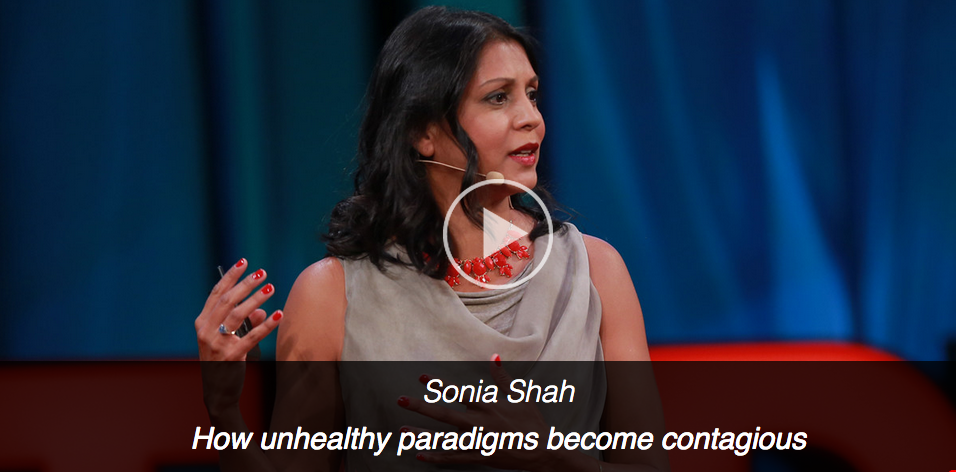
are treated bednets failing?

 The LLIN—“long lasting insecticide treated net”—is actually not very long lasting, after all. Years ago when I first started learning about them, I was told by experts that they were meant to last 3-5 years. That’s longer than older model nets, but for a disease as pernicious as malaria it is really not particularly long at all. Many of the most avid net distributors and fundraisers have tended to sideline this rather salient fact. Well, now good evidence has emerged that these nets indeed last for three years—and three years only—throwing into question the very idea that “nets save lives.” Perhaps the mantra should be “nets delay malaria for a few years.”
The LLIN—“long lasting insecticide treated net”—is actually not very long lasting, after all. Years ago when I first started learning about them, I was told by experts that they were meant to last 3-5 years. That’s longer than older model nets, but for a disease as pernicious as malaria it is really not particularly long at all. Many of the most avid net distributors and fundraisers have tended to sideline this rather salient fact. Well, now good evidence has emerged that these nets indeed last for three years—and three years only—throwing into question the very idea that “nets save lives.” Perhaps the mantra should be “nets delay malaria for a few years.”
Between January 2007 and July 2008, the incidence of malaria among the people of Dielmo, Senegal ran to around 5.45 per 100 person-months. This village has been studied by the Pasteur Institute since 1990, when they started systematically testing the blood of people with fever for malaria parasites. People there get about 258 bites from infected mosquitoes every year. In 2008, LLINs were distributed, and incidence dropped dramatically, to just .41 per 100 person-months.
Two and a half years passed.
And then the nets stopped working.
Malaria spiked back up to 4.57 per 100 person-months, nearly the same level as it was before the nets were distributed. And all those little kids who’d been sleeping under them—now a bit older—started getting sick with malaria.
Generally, malaria cases in endemic areas are concentrated in pregnant women and children under five years old. Older children and adults, having acquired some immunity to the malaria parasite, generally don’t get as sick, and few die of malaria. Except in Dielmo, where researchers were actively surveilling the population, testing people with fevers for malaria. There, most of the rebound in cases in 2010 occurred in adults and children who were 10 years old or older, suggesting that these individuals had been stripped of their acquired immunity during the years when the nets protected them from exposure to malaria.
Indeed, when the researchers analyzed local Anopheles gambiae mosquitoes, they found the telltale kdr mutation, which confers resistance to pyrethroid insecticides, of the kind used in nets. The frequency of that gene in the local mosquitoes increased from just 8 percent in 2007 to 48 percent in 2010. (The nets were samples and checked for insecticidal activity and holes and the like and were found to be intact.)
So, was anyone’s life saved? What was the (ahem) net effect of all those nets?
For more, see: Jean-Francois Trape et al., “Malaria morbidity and pyrethroid resistance after the introduction of insecticide-treated bednets and artemisinin-based combination therapies: a longitudinal study,” The Lancet Infectious Diseases, In Press, Corrected Proof, Available online 17 August 2011, ISSN 1473-3099, DOI: 10.1016/S1473-3099(11)70194-3.




















